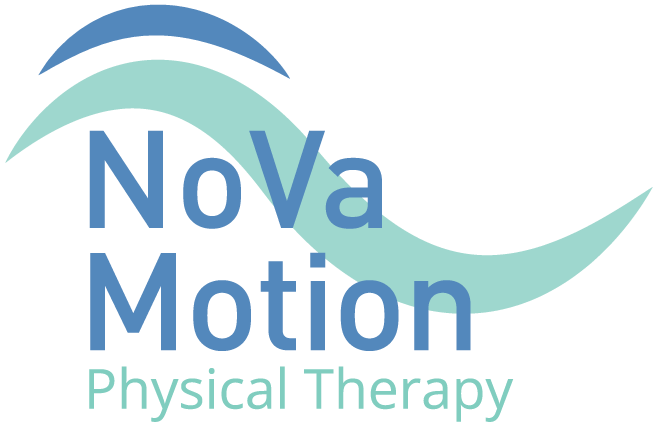Understanding TMJ Disorders: Causes, Symptoms, and Treatment Options
Understanding TMJ Disorders: Causes, Symptoms, and Treatment Options
INTRO
Temporomandibular Joint Disorders (TMJD), or Temporomandibular Disorders (TMD), are a group of conditions that affect the jaw joint and the connecting musculature. They affect between five and 12 percent of the population and can be very mild in nature or can significantly impact daily life. In this blog, we will delve into common causes and symptoms of TMD and options for treatment and management of these conditions
SYMPTOMS
Symptoms of TMD can vary greatly amongst individuals experiencing them. The more common symptoms include:
pain in the jaw joint, jaw muscles or muscles in the temples
clicking and/or popping in the jaw with movement
limitations in movement
headaches
earaches or tinnitus
tension in the facial muscles
These symptoms can cause difficulties biting into food, chewing food, yawning, talking, kissing, and sleeping. Not all individuals will experience all symptoms, and the severity can vary.
CAUSES
One of the most common causes of TMD is an overload of the masticatory muscle system from bruxism (clenching or grinding), which can be magnified by stress. Stress triggers the release of hormones that prepare our bodies for either “fight or flight” and will tighten our muscles for action. With prolonged stress, muscles remain in a state of readiness, which creates tension and achiness of the muscles.
Other causes include muscle dysfunction or weakness, chronic neck pain and tension, arthritis, and trauma. Being able to properly identify the root cause of your TMD symptoms is crucial to being able to address it with treatment.
TREATMENT
Management of TMD is oftentimes an interdisciplinary approach. Collaboration between your general dentist, PT, and sometimes additionally an ENT, board certified Orofacial Pain Specialist and/or Maxillofacial Surgeon will be crucial to a comprehensive plan of care. A properly trained physical therapist will perform a thorough assessment of your head, neck, jaw and sometimes even shoulders to check your range of motion, movement patterns, muscle strength and try to identify which structures are contributing to your symptoms. Physical therapy treatment can include extra-oral and intra-oral muscle work, joint mobilizations, muscle re-training and strengthening, and a lot of patient education about your condition and how to manage it.
Understanding the causes of your TMD will help your management team to create a proper diagnosis and drive appropriate treatment for your condition. Early intervention and proper treatment can help alleviate TMD symptoms and improve your quality of life. If you or someone you know is suffering from TMD symptoms, schedule a Free Discovery Call and share this blog post so we can get you started on your path to recovery!
